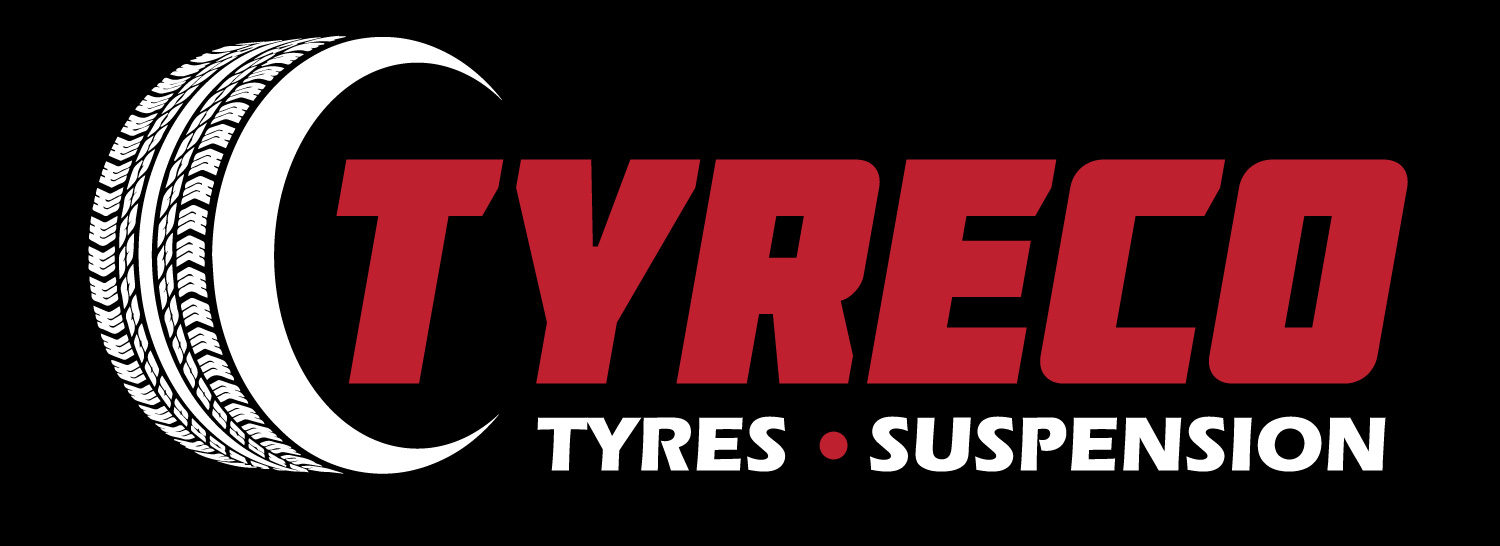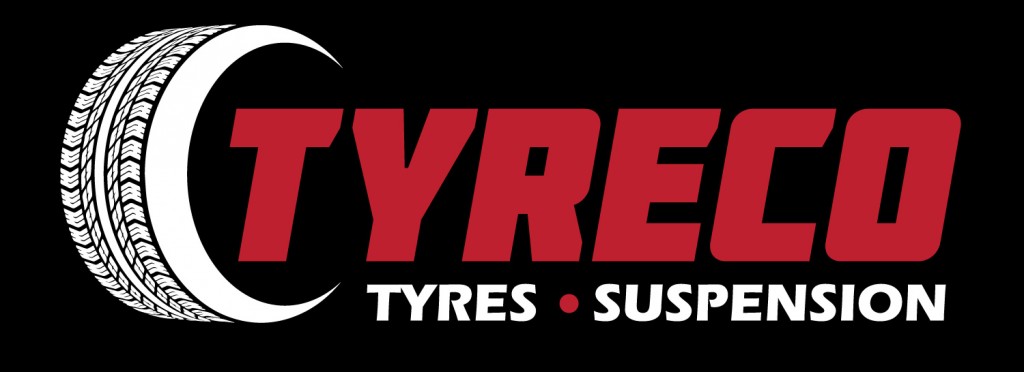Auto brake repair is a commonly misunderstood part of routine service. Some customers experience quite a bit of confusion regarding brake repair and what is actually necessary when it comes to preventative maintenance on this all-important safety system. The following is a simple explanation of the parts that should normally be checked as part of a brake service.
Clean fluid is crucial to proper operation of any brake system. As a general rule, fluid should be flushed every two years, regardless of miles driven. This is because brake fluid absorbs moisture and contamination, which has a notable impact on its performance. When old brake fluid is removed, it takes contamination with it. This helps to preserve the life of system components such as hydraulic parts, lines, anti-lock brake modules.
Along with a fluid flush, a normal service involves putting on a set of replacement brake pads and/or rotors. Many modern cars use brake discs on both the front and rear wheels, but some sill use older style brake drums on the rear. The wear components to consider in a disc/drum setup are still the typical pads and rotors at the front along with brake drums and shoes at the rear. The function of the two systems is different, but both apply the needed vehicle stopping power.
Along with wear items, parts such as slide pins, dust boots and brake lines should be given a careful inspection. Any fluid leaks or torn rubber should be addressed before they become safety issues or lead to a more expensive problem down the road.
As long as they are maintained, brake systems tend to be rather trouble-free. When problems do arise they are often a result of neglect or a history of skipped services. By keeping up with scheduled service intervals, any modern brake system should provide reliable stopping with minimal cost.

